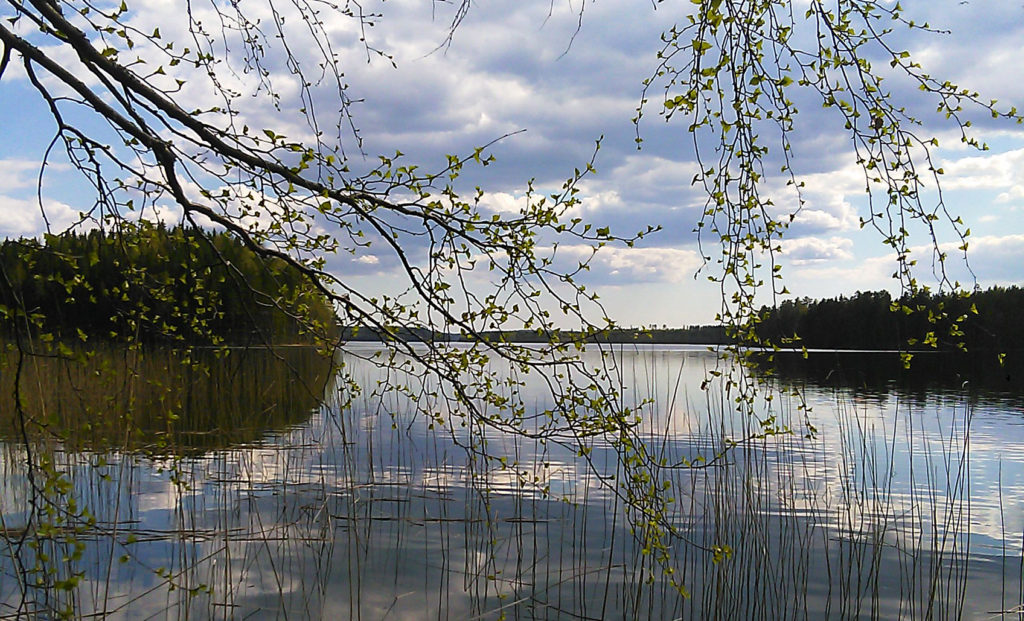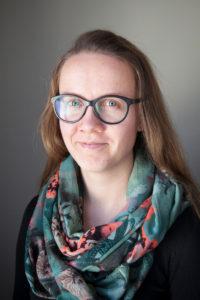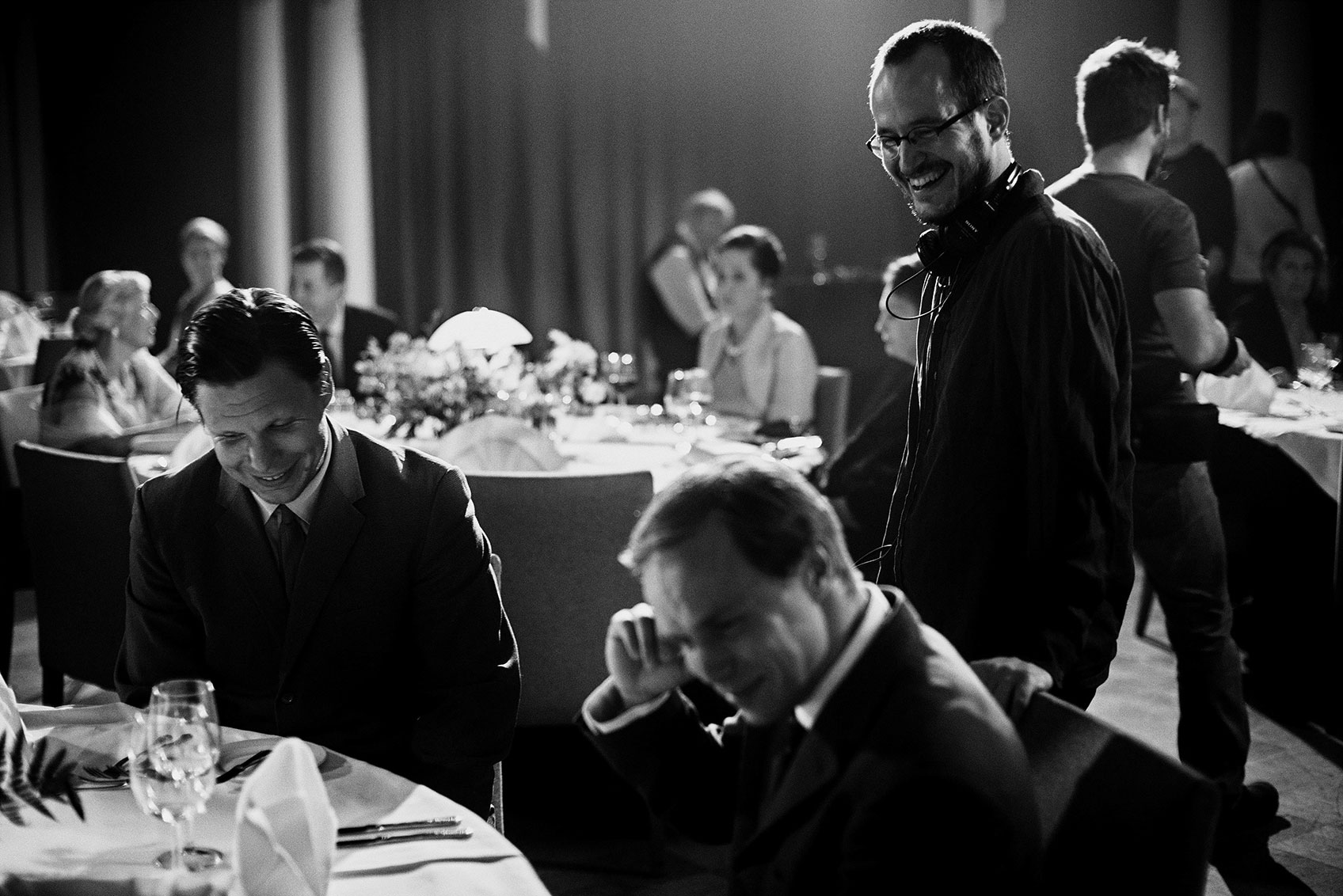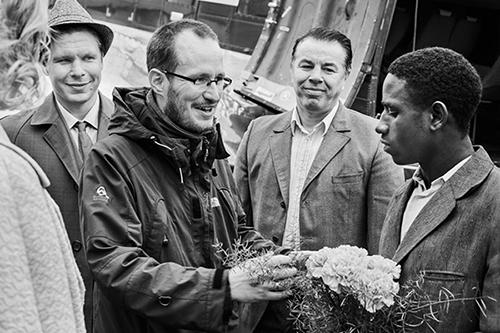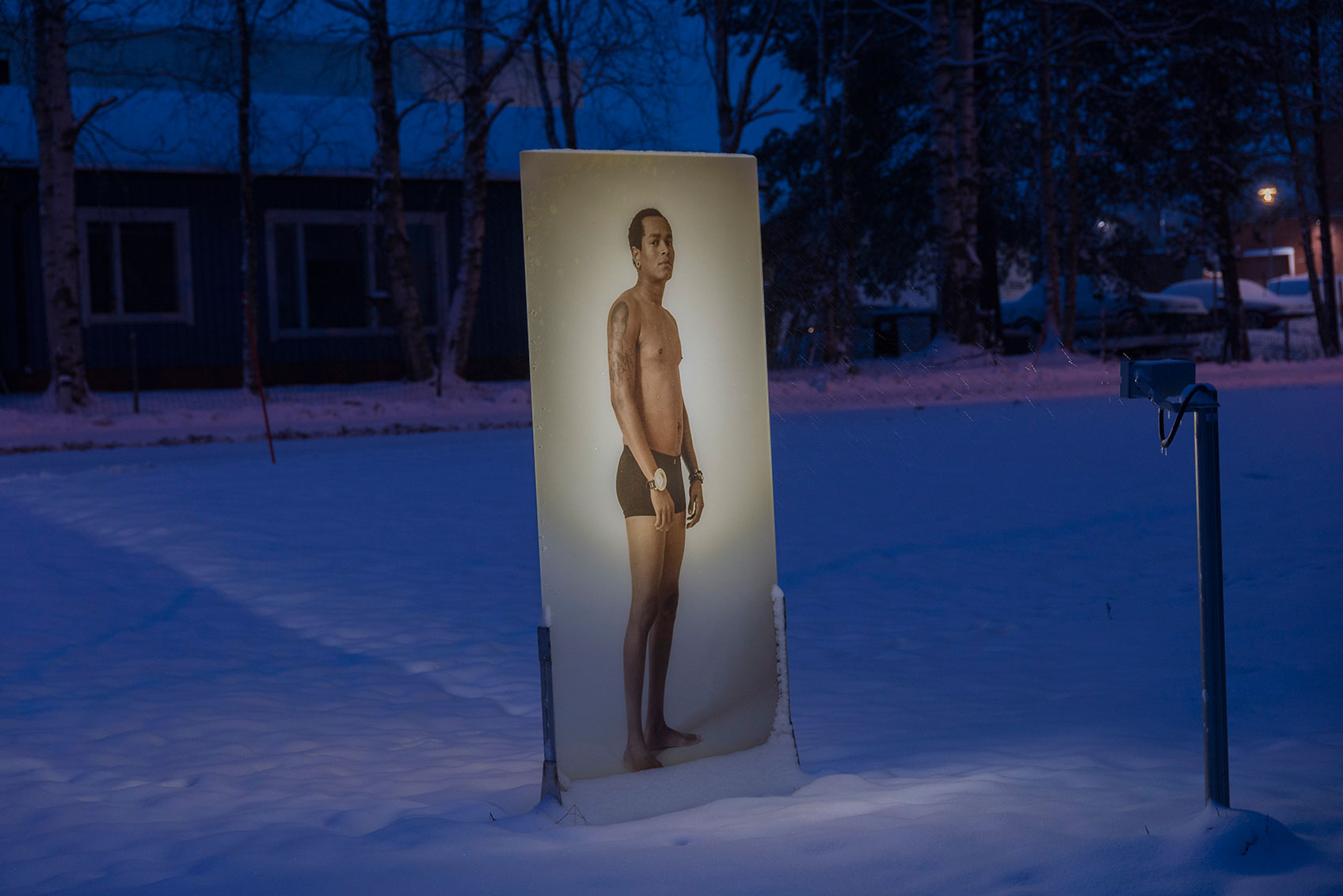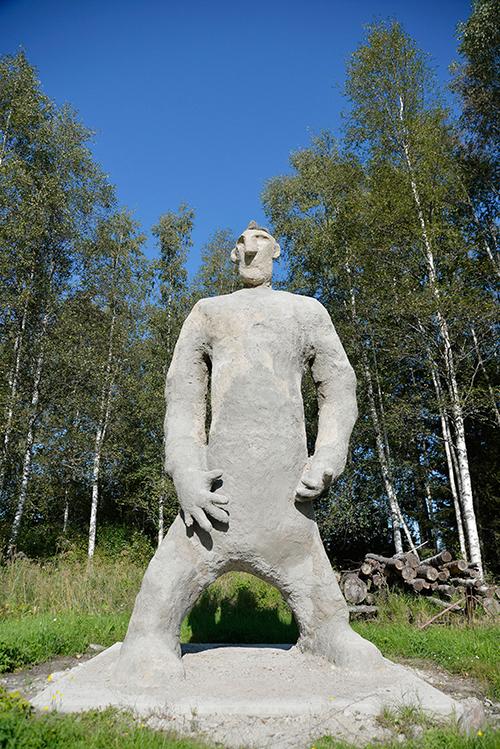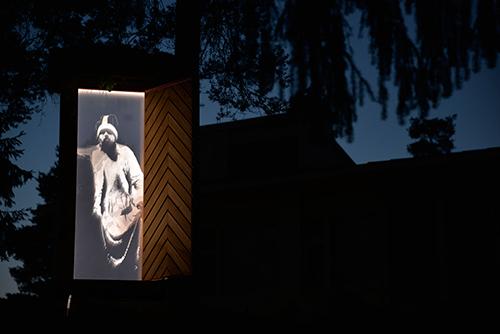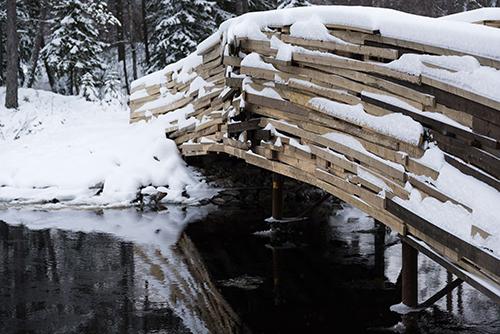Time stopped in Mankby
The medieval village of Mankby was deserted in the sixteenth century. A team of researchers examined the history of the unique site in a project that spanned several years.
The story of Mankby unfolded gradually. The village turned out to have been a diverse whole, and the results of the project were surprising.
– At the very beginning, we discovered a fossilised medieval village, with most of the buildings constructed during its final stage more or less visible to the naked eye. Excavations provided us with access to its earlier stages. There are not many fossilised villages of this type in Finland, and it is already safe to say that an equally large and well-preserved medieval village can hardly be found anywhere else in Finland, says Georg Haggrén, an adjunct professor of historical archaeology, about Mankby, a village that used to be located in what is now Espoo.
Haggrén and his team have been examining Mankby since 2007. A book, Mankby – A deserted medieval village on the coast of southern Finland, was published as a result of the long process in May 2016.
The oldest buildings discovered in Mankby are from the thirteenth century. By Finnish standards, Mankby was a large village, with its eight houses and around 50 inhabitants. All of the houses were relocated in 1556, when Espoo Manor was established. Some of the buildings were transferred by peasants, while others were used by the Crown for purposes related to the manor.
– This means that there is a sense in which time stopped for Mankby 500 years ago. In some respects, land use has been practically non-existent since then, which makes Mankby a unique site, says Haggrén.
– There is very little information about medieval Finland. Archaeology provides us with better access to daily life than written sources, which focus more on administration. There is more information about the period beginning in the seventeenth century, but Mankby had already been abandoned at that point.
However, written material has been discovered about the very final stages of the village, and this material indicates the number of houses and also provides some information about farming, mostly consisting of the names of farmers.
Researcher Tarja Knuutinen was in charge of the excavations in the lower part of the village. This area covered around 100 square metres in the eastern part of the village and included sites of buildings, ancient fields and roadbed.
– I examined a building that was only slightly visible above the ground when we started. It was a building from the final stages of the village that had probably been taken down when the village was abandoned. In addition, we discovered earlier structures dating back as far as the fourteenth century.
According to Knuutinen, the building from the early sixteenth century is very similar to later smoke cottages. It is part of a building tradition that continued almost until our time. Another building examined in Mankby turned out to be a double cottage – that is, a markedly larger house. According to the researchers, it was not the home of an ordinary peasant, but the home of a member of the rälssi class, which was exempt from taxes and enjoyed many other privileges.
The artefacts discovered in Mankby are varied and indicate an active culture of trading that provided even peasants with items from as far as Central Europe.
The development of the village and its layers can be seen in its lower part: the village was first used for cultivation and then for construction.
– The fossilised fields have now been dated to the fourteenth century, and their cultivation may have continued until the early fifteenth century. In terms of research, they constitute an interesting whole, as there are not many similar fields located in the middle of a village. In Mankby, we have gained access to a system of fields and its ditches and foundations.
The artefacts discovered in Mankby are varied and indicate an active culture of trading that provided even peasants with items from as far as Central Europe. These artefacts include fragments of glass goblets, three-legged cauldrons made of red clay and jugs made of stone clay, as well as pieces of horse accessories, such as stirrups, and jewellery and buckles and other items related to clothing.
– From the very beginning, we found an exceptionally large number of knives: sheath knives used for daily work and eating, as well as fine table knives that reached Finland along with influences of Central European culinary culture in the fifteenth and sixteenth centuries. These influences clearly had found their way to Mankby as well, says Elina Terävä, who was responsible for the examination of artefacts.
The varied artefacts also indicate that people living in modest homes had items that are not traditionally associated with the austerity of peasant life. This came as a surprise to the researchers as well.
– The artefacts are quite fine. We discovered a surprisingly large amount of imported goods, which is a sign of trading. Small ornamental items made of iron, for example, indicate that life was not only about necessities. The people wanted a little luxury, which was provided by items used in Central Europe, for example.
Photo: The knives attracted the researchers’ attention. With its length of more than 20 centimetres, this knife was exceptionally large, as well as being unusually ornate. The knives were decorated using bronze and bone, among other materials.

